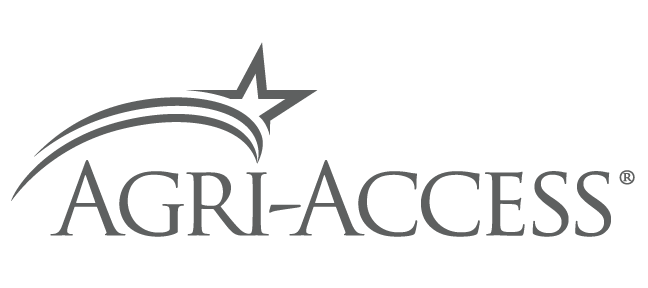Lending solutions built for ag-minded financial services, agri-fintechs and retailers.
Since 2003, Agri-Access has provided secondary market agriculture financing for land loans across every region and commodity.
Agriculture lending solutions tailored to meet you and your clients’ needs.
Fast, professional, expert solutions
See Real Results.
Agri-Access products, services, approach and expertise help deepen your existing client relationships, expand your agricultural loan portfolio and provide you with the support you need to grow.
-
Maintain Your Relationship With Your Clients
With additional solutions such as the Scorecard Program and appraisal services, you have an opportunity to expand the service you offer your clients.Connect with a relationship manager to learn more -
Expand your ag lending capacity
Whether your borrower needs a long–term fixed rate, a revolving line of credit or a variable rate, our product offerings allow you to compete in the market and respond to your unique client needs.See all our solutions
